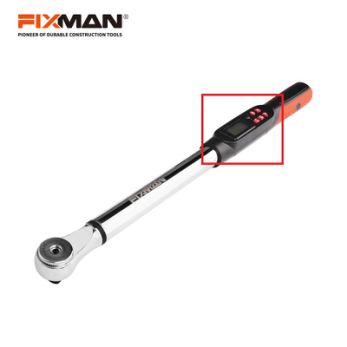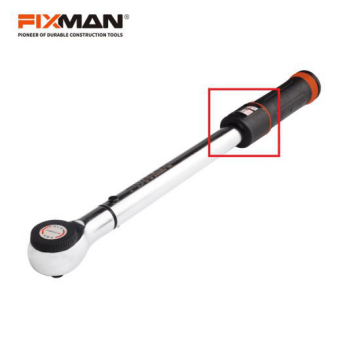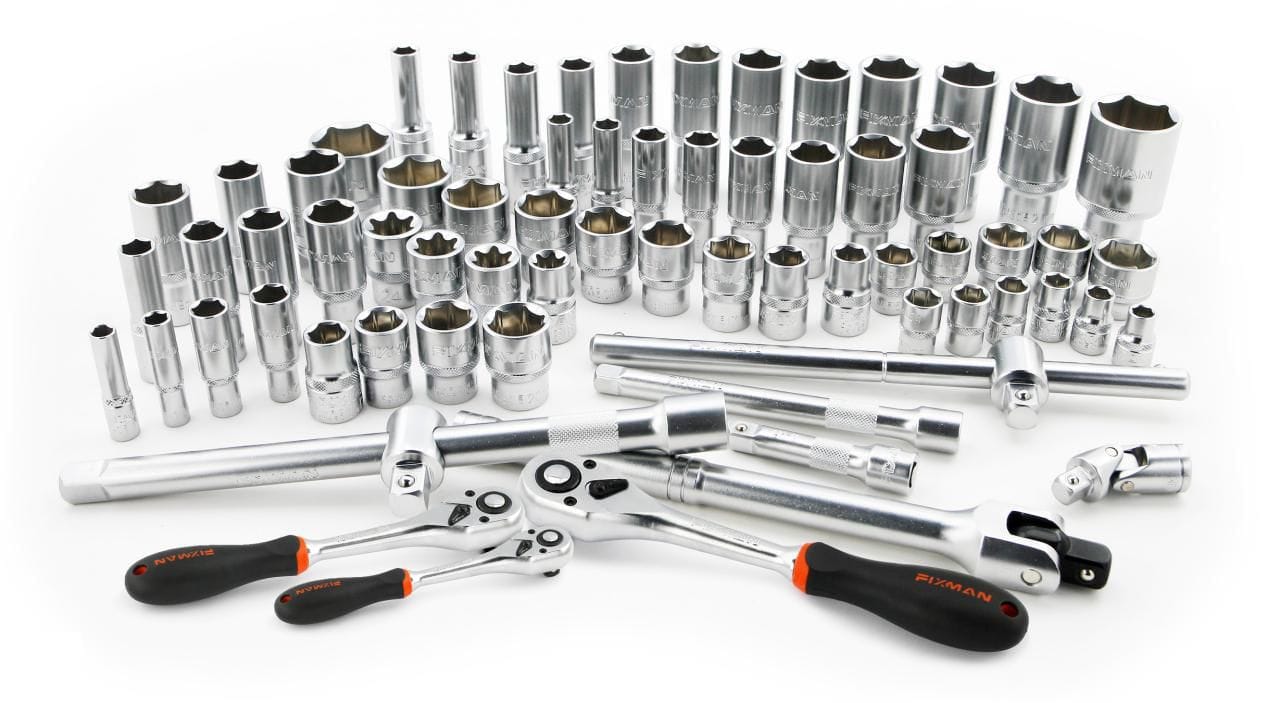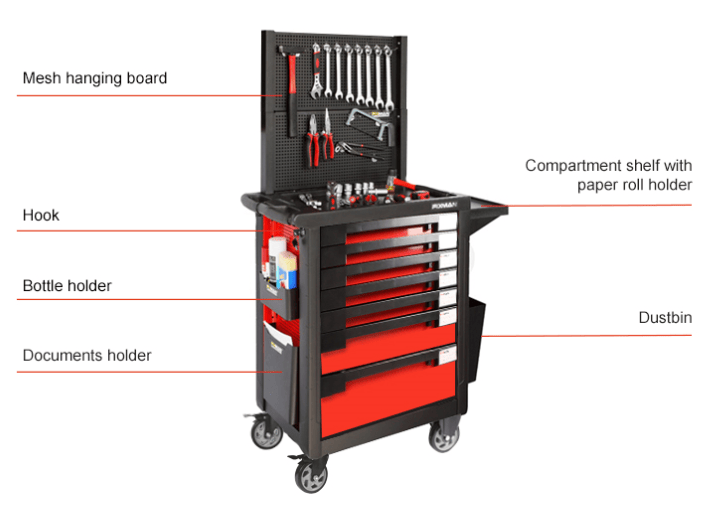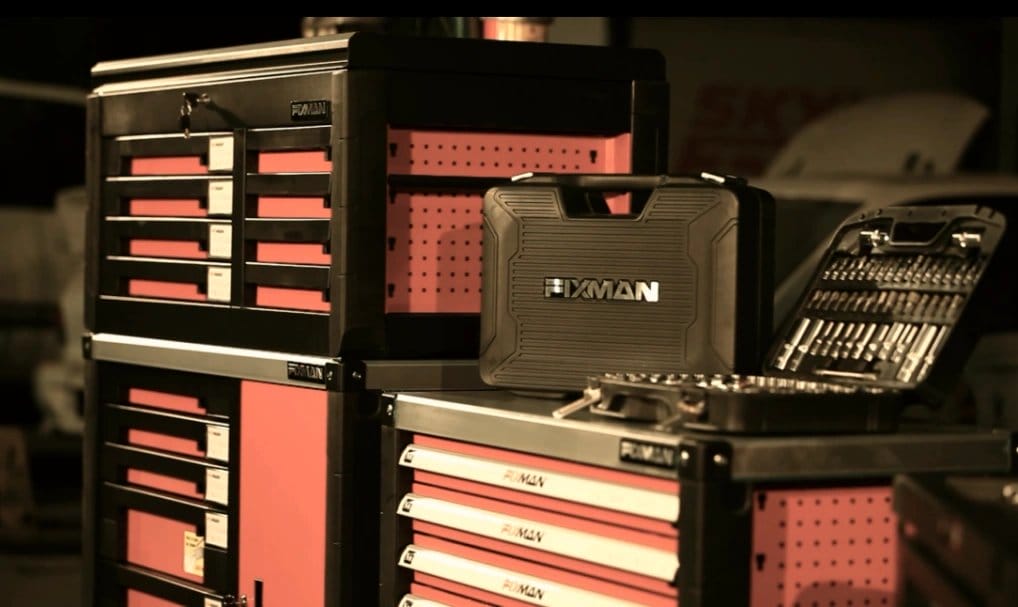About the number of Teeth
Generally, the greater the number of teeth, the finer the teeth, the less torque it can withstand, but the shorter the rotation distance of each tooth, the smaller the angle. For example, 72 teeth are 5 degrees, and 45 teeth are 8 degrees. The smaller the number of teeth, the thicker the teeth and the greater the torque that can be tolerated.
Therefore, simply saying that the number of teeth is better or the number of teeth is less is not rigorous, and the tool must be selected reasonably according to the specific use requirements. The more the number of teeth, the easier it is to control in a narrow space while the teeth become thinner and smaller, and the teeth are easy to break when force is applied. On the other hand, with a small number of teeth, it is not easy to break when applying force. But it is not easy to control in a small space. This is roughly the same as the gearbox on the car. The high-speed gear is easy to break, while the low-speed gear will not. ,Each has it’s own advantages.

About the size:
Usually 1/4”, 3/8”, 1/2” refers to the side length of the square port on the wrench
1/4’’ Ratchet: Suitable for small size sockets under 14MM
3/8” Ratchet: Suitable for sockets under 24MM
1/2” Ratchet: The torque is relatively large, suitable for working with sockets within 32MM
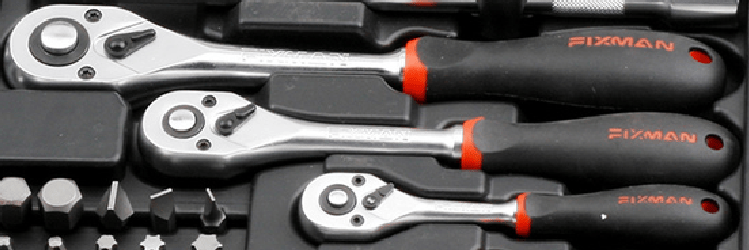
About the various type:
Quick Release Ratchet VS Common Ratchet
The composite material handle is non-slip and more comfortable to use while metal handle is Oil-resistant and corrosion-resistant


Digital Type Ratchet VS Window Type Ratchet
Both of these 2 types are upgraded version of the common ratchet with a display of torque setting. Digital Type has a digital LCD screen while it’s a non-digital window in Window Type Ratchet
